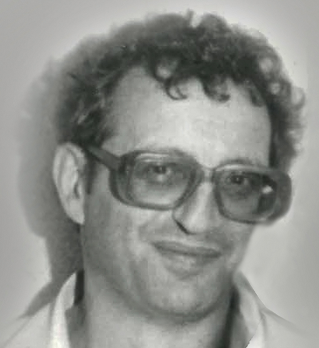Software Concept

The author of Prime concept, outstanding geophysical scientist, doctor of physical and mathematical sciences
Conception of Prime was developed within Russian geophysical school by V. Glogovsky, a doctor of physical and mathematical sciences.
As many processing procedures (multiple removal, migration, etc.) are based on the depth-velocity model, we consider depth-velocity model is a key step of processing. Thus, the accuracy of final migrated images significantly depends on the depth-velocity model that was used for migration. Prime contains a long list of algorithms for highly detailed model building with accurate removing of uncertainties.
The objective of Prime is mostly oriented to the depth processing rather than time processing. It allows using a lot of effective algorithms, which are applicable only to processing in depth domain and depth-velocity model enhancement. (For example, approximation of heterogeneous upper part by layer, wave field transformation, etc.).
V. Glogovsky has developed the practical interactive approach for a priori information accounting which allows making decisions on depth-velocity building and imaging immediately during the processing. This approach is based on the validating of adequacy of depth-velocity model.
Prime concept is dedicated to processing task solving with individual sophisticated processing graph. It gives the vital opportunity of estimation the accuracy of results.
The better understanding of the processing precision and accuracy has been achieved by the usage of a special technology of depth-velocity model building.

Prime was created as a link between processing and interpretation. This system allows application of efficient technologies for interpretative 2D and 3D data processing. These technologies give the possibilities of input and usage of a priori information, work in depth domain and operate with interval velocities since the very beginning, etc.
Thus through the efficient cooperation of processors, interpreters and geologists, Prime brings you the proven results consistent with geological assumption and a priori information.
Unlike others Prime lets you validate and prove your results numerically in terms of accuracy and adequacy. The special numerical criterion of depth-velocity model adequacy to a priori assumption is calculated. In this way all obtained results became adequate in term of applicable of processing algorithms. You can make the right decision and increase the processing quality.
Interactivity is a vital part of the system. It joints visualisation and editing of all objects in the program database. You can make the data parametrization, choose and test the procedure parameters and control the preliminary and final results in real time.
Prime contains several interactive graphical applications: depth-velocity model building, migration, processing parameters testing, workflows construction, work with 3D volumes, results comparing.
All applications are related to the common database. As changes are made, they are immediately reflected in the other applications and all other viewers and processors. You don't need to import and export your results between applications.
Software architecture allows the processing of huge 2D and 3D seismic data volumes in a reasonable time.
Another powerful feature of Prime is the common structure for 2D and 3D processing tools. You can make the area-consistent processing of all data on the area with tying of wavefields, parameters and processing results since the very beginning.
A number of seismic data processing schemes like pre-stack migration, inverse and forward wavefiled extrapolation, etc. are extremely time consuming. If a multiprocessor computer is involved into data processing, the basic computations might be carried out parallely. This makes the schemes work much faster. The relevant Prime code required optimization to allow multiprocessor calculations.
Because of some specific features of the datuming and wavefield extrapolation programs they were redeveloped for multiprocessor computers as multithreaded applications. The matter is that all of them have got a single input file and a single output file, a large amount of calculations of the same kind, lack of interactive schemes, separate processing of shot and receiver records, and multistep procedures with each step requiring completion of the previous step calculations. The new versions of the programs determine the number of processors and allow the user to perform either one- or two-thread calculations on each processor. All the threads are started simultaneously. Each thread processes a single gather at a moment of the current step. If all the gathers are processed, the slave thread will stop to wait a command for the next step from the master thread. The master thread controls the overall synchronization.
With Prime you can gain a significantly speed up of your project.



